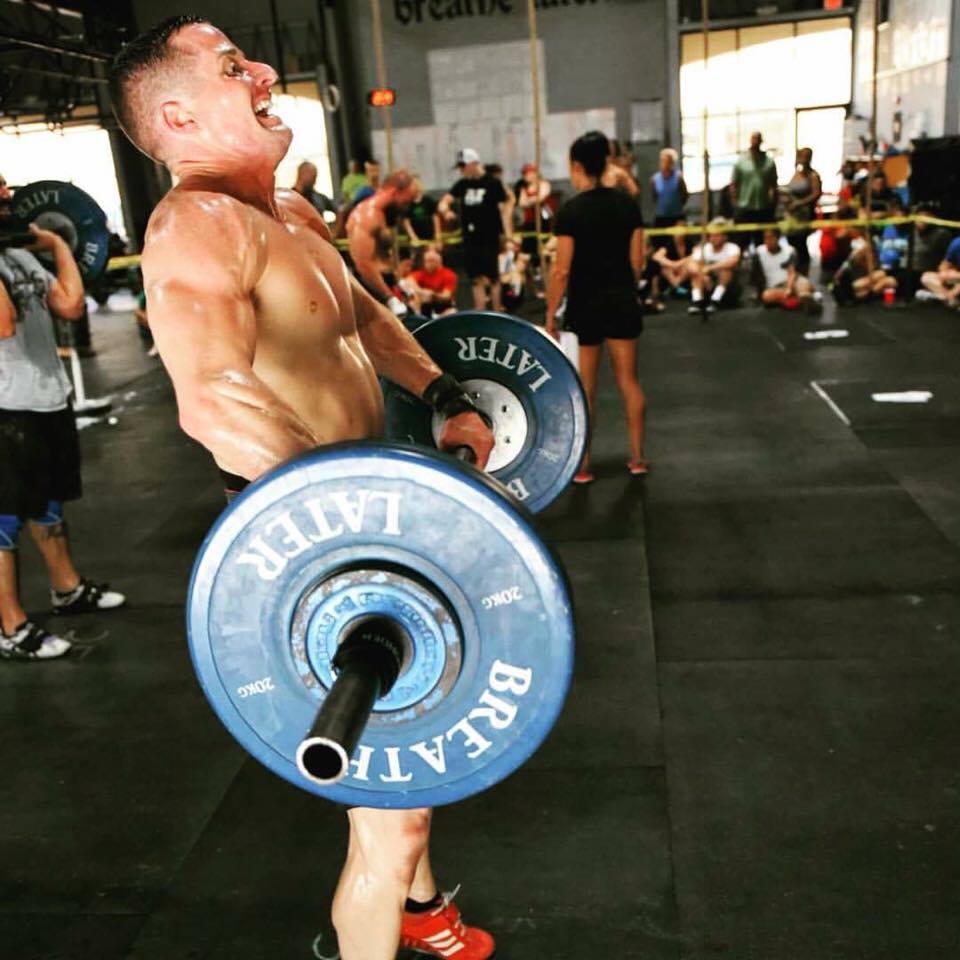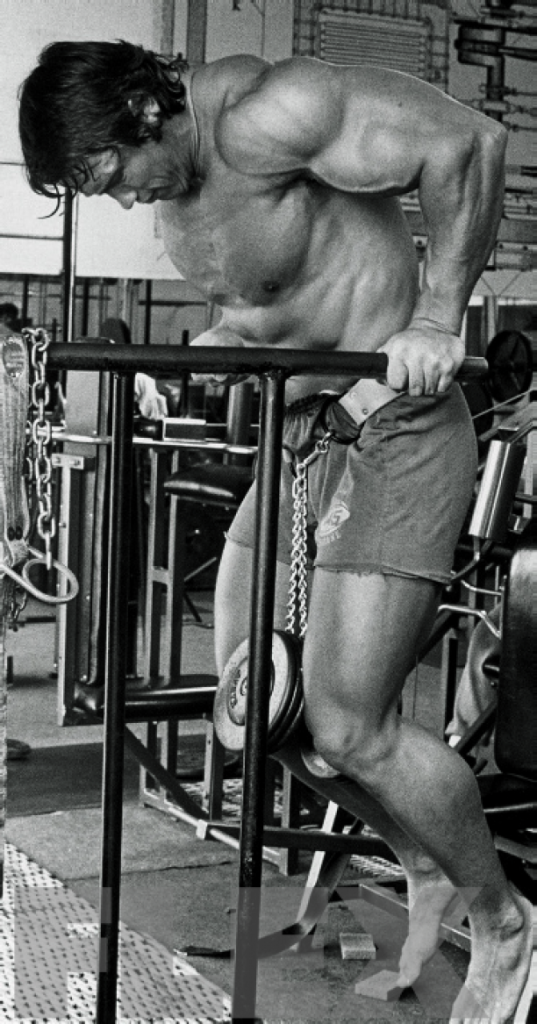In the most basic terms, Hypertrophy refers to an increase in the size of a…

Playing with Paused Reps
Paused Reps are exactly what they sound like: pick a lift, pick a position, and decide how long to pause. The addition of a brief pause is a simple and potent way to modify the stimulus created by an exercise. Paused Reps can be very taxing, err on the side of caution when first introducing them to training.
Reasons to Incorporate Paused Reps:
- Positional Strength: The ability to hold proper positions, especially under load or outside forces is crucial in many sports. A pause can be added to almost any movement for the purpose of developing strength in the desired position. Holding a static position can be taxing, particularly if under significant load.
- Reduce the Effect of Elasticity: Initiating the concentric phase of a lift from a dead stop often proves more difficult than performing the concentric phase immediately following the eccentric phase. Theoretically, this is due to the elastic nature of connective tissue and muscle. When we perform paused reps, we remove the effect of the elasticity and make the concentric phase of the lift more challenging. Pausing builds raw strength.
- Improve Movement Quality: The addition of a pause allows the athlete to take inventory of their positions. A pause can also be seen as breaking a movement into segments; this is one way to decrease the complexity of a movement. Finally, pausing during a movement increases the amount of time spent in a movement and can thereby increase familiarity with the movement. This develops body-awareness, which helps the athlete find the correct positions.
- Variety: Even a small change, such as adding a pause, can significantly alter the stimulus created by an exercise. Variety when allocated appropriately can make training more interesting and potentially more enjoyable.
- The pause can be used as a “limiting factor”: Adding a pause is a means for the coach to decrease the weight that an athlete might otherwise be able to lift. The lift will remain a challenge, but at a lower weight.
Considerations:
- The pause is going to make the movements more challenging; keep this in mind when choosing loads and reps.
- Adding a pause to a movement can also lead to higher-than-normal levels of cumulative fatigue, this may have a negative effect on future training sessions. Due to the increased demand of paused movements on the body’s recoverability, paused movements should be used sparingly and not in close succession.
- In most cases, there should be no bounce or rebound at any point in a paused exercise. The purpose of the pause is to make the movement more challenging by forcing the muscle to spend more time under load and to eliminate or decrease the effect of the elastic properties of muscle and connective tissue.
How to Implement Paused Reps
Which Exercises
A pause can be added to almost any exercise. The trick is to choose the exercise that will contribute the most towards meeting the athlete’s objectives. The following is a brief list of exercises that work well with a pause. The list is by no means comprehensive, but is intended as a starting point.
Pause Squat (in bottom)
Pause Jerk (in dip)
Pause Jerk (finish position)
Pause Snatch (below knee)
Pause Bench Press (at chest)
Pause Dip (in bottom)
Pause Pull-up (at top)
Pause Handstand Push-up (mid-point)
Where to Pause
The decision as to where to pause in the movement should be based on training objective(s), safety, and equipment requirements. The pause can be prescribed at any point or at multiple points in a movement. The following is a brief explanation of several of the most common places to pause.
- Support/Finish: Pausing at the top or completion of a lift can be used to build stability and positional strength, and to help the body become accustomed to holding heavy loads. This can include a pause at the top of a squat, a pause with the bar locked out overhead, or finishing a gymnastics movement with a static hold.
- Bottom: Pausing in the bottom of a movement will typically require the athlete to control the weight in a static hold at the weakest or most disadvantageous position. Holding a controlled pause in the bottom position builds raw strength. A pause in the bottom position also requires that the athlete start the concentric phase of a lift from a dead stop, thereby largely eliminating the benefit of the stretch shortening cycle.
- Mid-Point: A pause at the midpoint of an exercise prolongs the muscle contraction and all but eliminates the effects of momentum. This can be very beneficial for stimulating hypertrophy, increasing control over the movement, and building strength.
How Many Reps
Paused reps are typically more taxing than standard reps. This is due to increased time under load, the elimination of much of the elasticity of the muscle and connective tissue, and the increased demand of holding a static contraction during a movement. That being said, it is important to consider the effects of increased fatigue when programming paused reps. You may be surprised by how taxing they can be after only a few reps. The following are basic guidelines for paused rep prescriptions.
Rep Ranges
Strength: 1-3
Hypertrophy: 3-8
Muscular Endurance: 8 or more
*these rep rages are not set in stone and may be adjusted with experience
How Long Should the Pause Be
The duration of the pause will depend on several factors: training objective, number of reps, and weight prescription.
- :01-:03 is a typical pause when training for strength. This duration will provide the benefits of a pause and still allow for the use of relatively heavy weight.
- :03-:10 is often used when the training objective is hypertrophy, static strength or muscular endurance. A pause of this duration will limit the amount of weight used, the number of reps performed, or some combination of the two.
- :10+ is often use do build static strength or as a test/challenge. Pauses of this duration can be useful when training the musculature of the core. It is important to develop the ability to stabilize and hold positions through static contractions of the musculature.
Consider the Big Picture
When incorporating pauses into programming, it is important to consider how the increased demand will affect future training sessions. The addition of a pause to the pull of a snatch will greatly increase the demand placed upon the erectors and other musculature of the posterior chain. This being the case, caution should be exercised when programming paused movements multiple times during a training week or over multiple weeks consecutively.
The following are examples of several possibilities for the implementation of paused reps:
Prescribed Load:
Pause Squat (:02 in bottom)
75% 1×3
80% 2×2
85% 3×1
Autoregulation:
Pause Squat (:02 in bottom)
Build to a heavy set of 3
85% of heavy set: 3×2
AMRAP 3:00
Pause Dip (:05 in bottom)
For load:
Every 1:00 for 10:00
1 Pause Snatch (:02 below knee)
(make consistent increases each set)


